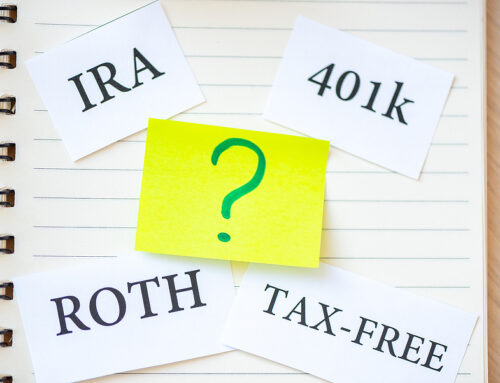Each year, love and commerce converge for the holiday known as Valentine’s Day. Not merely a day of expressing love and affection, Valentine’s Day is now a substantial economic event that impacts various sectors worldwide. In this article, we can delve into the economic impact of Valentine’s Day and the industry that surrounds it.
To understand the economic impact of Valentine’s Day, it is crucial to take a holistic view regarding its reach. It’s not just about romantic couples; gifts are shared with friends, family, and pets. Gift exchange includes various products and services, from candies and flowers to lavish dinners and expensive jewelry.
Nearly $25.9 Billion in Economic Impact of Valentine’s Day
According to WalletHub, American consumers spent an average staggering $25.9 billion on Valentine’s Day. This surge in spending for this particular holiday is welcomed by the various industries that benefit from it.
Costly Confectionery
The confectionery industry undoubtedly reaps immense profits during this period. Chocolate and candies become a sweet symbol of affection. In 2023, spending on candy alone reached an impressive $4 billion in the US. With customized sweets ranging from high-end boutique chocolates to affordable candies, there’s something to fit every candy connoisseur’s taste.
Another key player is the floral industry. Statista reports that in 2022, $2.3 Billion was spent on flowers for Valentine’s Day. With such high demand, it’s no surprise that the prices for roses increase during the holiday, contributing significantly to the overall economic activity of the day.
Dazzling Diamonds
Next is the jewelry sector, which sees a considerable spike in sales around Valentine’s Day. According to CapitalOne, American consumers spent approximately $5.5 billion on jewelry during Valentine’s Day in 2023. Special promotions and the potent cultural association of love and commitment with jewelry drive this fervent consumer behavior.
Additionally, Valentine’s Day spurs economic activity in domains such as dining and hospitality. Many restaurants offer Valentine’s Day specials to entice couples, leading to packed dining venues and increased revenue. In the hospitality sector, romantic getaways and weekend trips stimulate the economy.
Not Just Brick and Mortar
However, one must pay attention to contemporary online marketplaces’ role in shaping Valentine’s Day’s economics. With the increase in e-commerce, more people are opting for online shopping, strengthening the digital economy. These virtual marketplaces offer convenience and a wide array of product options, fueling consumer spending further.
In conclusion, the Valentine’s Day industry enjoys continuous growth year after year, showing that love dramatically impacts the economy in numerous ways.
SWG 3294937-1223b
Disclosure: The sources used to prepare this material are believed to be true, accurate and reliable, but are not guaranteed. This information is provided as general information and is not intended to be specific financial or tax guidance. When you access a link you are leaving our website and assume total responsibility for your use of the website you are linking to. We make no representation as to the completeness or accuracy of information provided at this website. Nor is the company liable for any direct or indirect technical or system issues or any consequences arising out of your access to or your use of third-party technologies, websites, information and programs made available through this website.
In addition, RetireSmart specializes in providing strategies and guidance for those seeking a better retirement lifestyle. If you have five million dollars or $50,000 retirement savings, we can ensure it works as hard. As a result, we offer our experience and knowledge to help you design a custom strategy for financial independence. Contact us today to schedule an introductory meeting!








